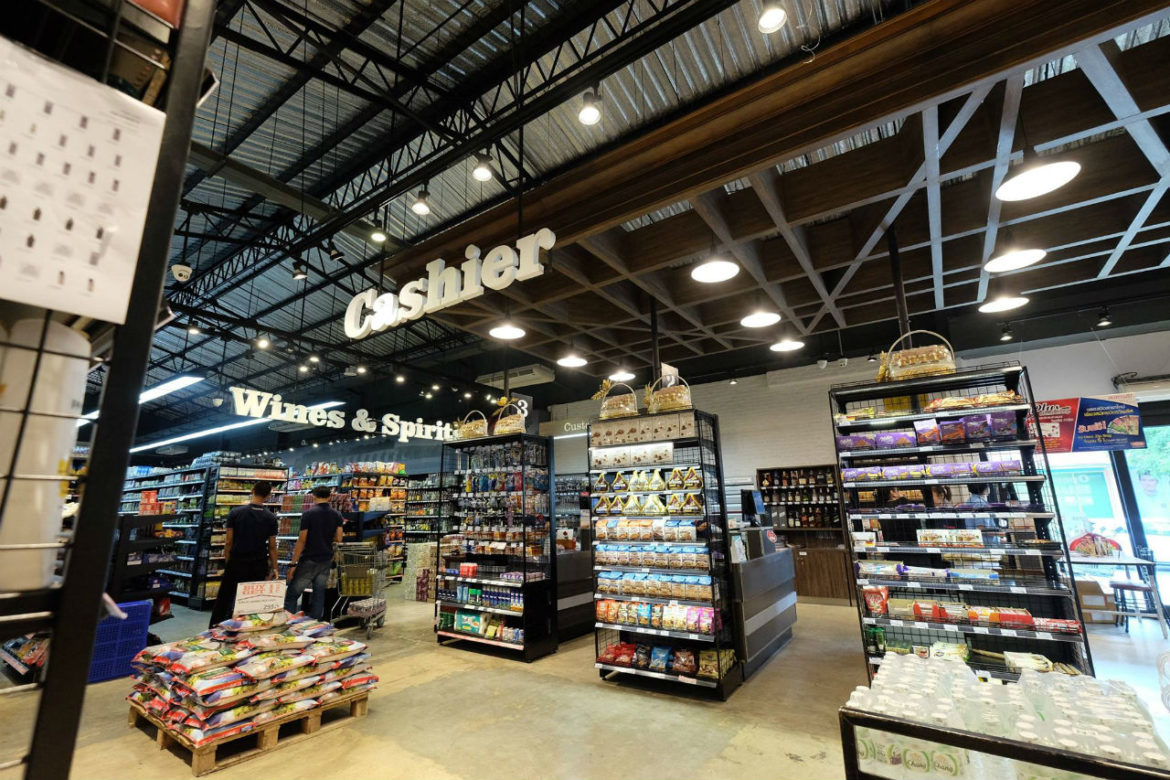Africa is poised to move away from traditional retail models and become the world’s fastest-growing, richest, and most sophisticated market, according to the bi-annual Global Retail Development Index (GRDI), a study of the global retailing landscape.
This, according to Prashaen Reddy, a partner at management consulting firm Kearney, is due to the explosive growth of young, urban, and digitally savvy consumers; increased mobile phone penetration; the creation of digital payment and shopping networks; favourable government regulations and spending initiatives; and significant investment by both foreign and domestic companies.
Retailers expanding their global footprint face a series of difficult decisions even in the most stable of times. Nonetheless, these dynamics are reshaping the face of African retailing and providing a pattern for the growth of other emerging economies in the aftermath of Covid-19, with Morocco, Egypt, and Ghana among the top ten.
One of the purposes of Kearney’s GRDI is to determine whether markets are growing, attractive, and reasonably risk-free. It evaluates 35 emerging countries based on a set of 26 characteristics, including four core variables: country risk, market attractiveness, market saturation, and sales growth.
Should retail penetrate new markets, as GRDI posed the question? Should they expand their activities in emerging markets that may or may not be profitable, or should they cut their losses?
How can the comparative potential of contemporary retailing be assessed in countries where informal or traditional merchants still dominate?
The Global Retail Development Index (GRDI), which measures selected emerging retail markets, was established to answer some of these questions.
Population, disposable income growth
“By 2050, the global population is expected to grow by 2 billion, with Africa hosting the majority of these new lives,” says Reddy. By 2050, the population of Sub-Saharan Africa (SSA) is predicted to quadruple, with Nigeria becoming the world’s third-largest country.”
This is one of the reasons why Asia’s growth will slow and Africa will emerge as the next big retail hotspot. SSA is also expected to have the fastest rate of disposable income growth on the planet, with a CAGR of nearly 9%.
Informal, traditional, contemporary, and illicit retailing are the four types of SSA retail, with modern retailing dominated by regional players, primarily South African operators like Shoprite, Mr Price, and Pick & Pay, as well as a few international players.
We need to look at where and why South Africa comes into the closing bracket of the GRDI property scale of window of opportunity, given that it did not make the top 30. This means that consumers are accustomed to more modern retail, that discretionary spending is larger, and that local and international shops compete fiercely. This final segment is where investments are ready to be purchased.
Focus for African retailers
In the face of rising competition and margin pressures, African retailers are focusing on return on investment (ROI), adopting franchising and other new business models, and rationalizing store footprints, following the lead of Massmart, which recently announced plans to close 8% of its underperforming stores, as well as plans to double down on African countries, focusing on price, private label, and building customer loyalty.
“The key hurdles, which are as real as the potential, include corruption, widespread poverty, security concerns, supply chain issues, lack of infrastructure, active conflicts, archaic state retail regulations and practices, and isolation.” SSA, for example, has the lowest rate of intra-regional commerce on the planet, at 18 per cent,” adds Reddy.
Retailers and central banks in various countries are working to develop and facilitate digital ecosystems by lowering transaction costs on electronic payments, but gaps in e-payment infrastructure supply, logistical inefficiencies, and trust issues are stifling both current and future growth opportunities, with Africa accounting for roughly half of all global mobile money transactions.
Top takeaways from the 2021 GRDI report
Governments in key areas such as Latin America, the Middle East, and Africa, which rely heavily on fossil fuels, are increasingly looking to retail to diversify their economies and wean themselves off of oil dependency.
It’s important to remember that rising economies can hold many spots on the window of opportunity chart at the same time. There is a substantial disparity between urban and rural China and India, to the point that we should consider them as two or three markets rather than one.
Understanding consumer attitudes, situations, and dynamics is the foundation of all retail success, and the world’s consumer spending centre of gravity is slowly shifting from the United States and developed European markets to emerging Asian, African, and Middle Eastern markets. This isn’t going to happen overnight, but the arc of commercial history appears to be bending in that direction.
From simple mobile phone connectivity to sophisticated and secure electronic payment systems, the rate of this development is directly related to the innovation, penetration, and acceptance of consumer and retail technologies.
“The real lesson is that everything, especially markets, change – often with little or no warning, as in the case of Covid-19,” Reddy concludes. As a result, there is no viable substitute for contemporaneous in-market knowledge.”
